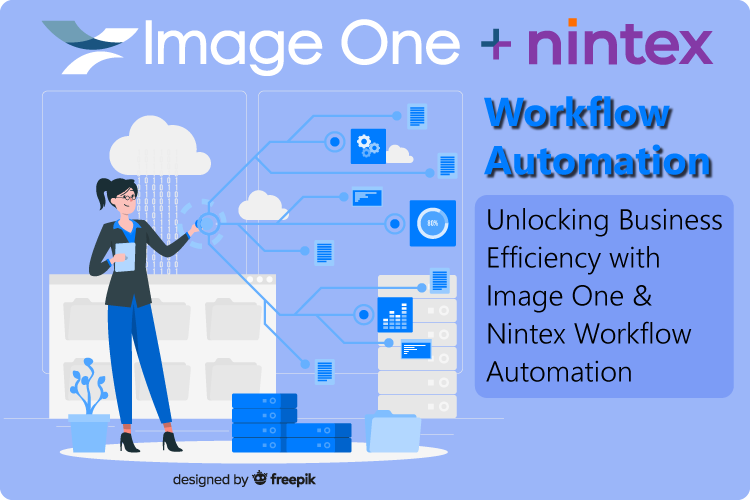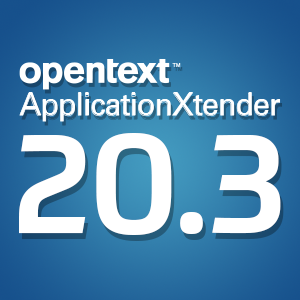3 things to consider before going paperless
Thursday, July 10, 2014Going paperless can be a huge boon to business efficiency in terms of cost-savings and organization.
FX-MM reported that businesses can save between 60 and 80 percent by switching over to electronic invoicing. The publication explained that nearly 25 percent of all bills and invoices in Europe will be processed electronically this year.
The very real benefits of switching from a filing cabinet to a content management system are tempting, but should be approached with care as transitioning haphazardly will likely mitigate the advantages coming your way.
Jumbled file names or a convoluted maze of folder navigation won't do much to improve operational efficiency. In fact approaching the change this way can basically cancel out your efforts.
If going paperless is something your business is interested in, below are a few things to consider before you make the change:
1. Designate storage space
Once you get rid of the filing cabinet in your office and produce digital files with a conversion service, where will you store your documents? There are many options in terms of accessibility and storage space. According to the State Bar of Wisconsin 30,000 word processing files and 14,000 image files will get you to about two gigabytes.
If your company is churning out documents at a rate equal to this volume, you should probably be looking for something larger than two gigabytes. A $75 one terabyte internal hard drive can store up to 500 years worth of information at this rate. At a fraction of the size of a filing cabinet but with infinitely more storage potential, hard drives are a popular storage choice.
However, if your interest lies in the cloud, this sort of computing has its advantages as well. One benefit according to Sales Force is disaster recovery. While hard drives hold many advantages over storing paper documents, they can still be damaged in a disaster. Research cited by the website found that the average recovery time for a cloud-based business responding to a disaster is just over two hours, a fraction of the eight hours other businesses take to respond.
2. Keep everything organized
Just because files will be stored digitally doesn't mean you can just release them into the cloud or drop them on a hard drive and leave it at that. Once you have them scanned and a method of storage has been decided on, you will also have to figure out how to organize files. Businesses are likely to have hundreds or thousands of files to sort through at any given time. And while having them stored digitally makes it easier, storing them with a content management service and organizing documents properly will have your employees operating at their best.
According to the State Bar of Wisconsin there is no wrong answer to the question of how to organize, as long as the process is consistent. Some options are by document type, year created or alphabetically.
3. Name everything consistently
Sure you may have your folders organized, but if your file names are a mess of randomly sorted letters and numbers you're still not getting anywhere. The State Bar of Wisconsin recommends creating a single naming policy and consistently enforcing it as you add new staff. You can try using the date the file was created, or a combination of the date and other descriptive factors in order to stay organized without having to ask the computer to do it for you with "date created" or "date modified" tabs.
Brought to you by Image One Corporation providing complete information governance since 1994.




